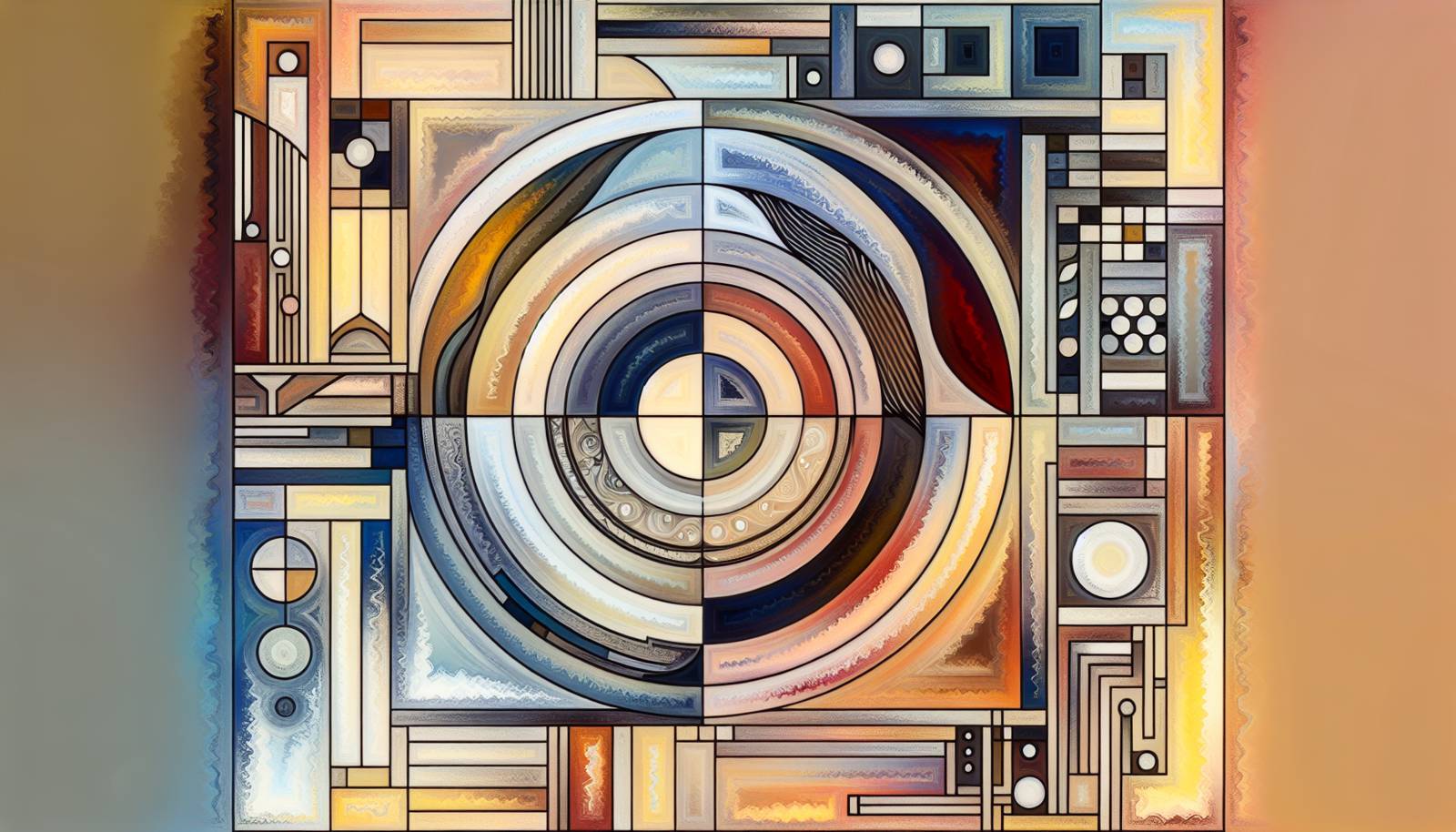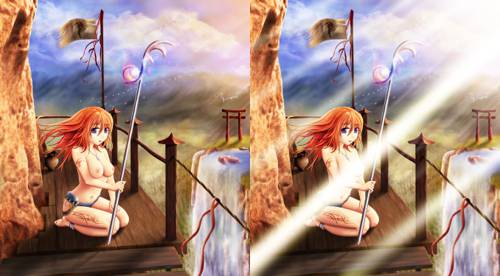
FAQ About The Role of Censorship in Cultural Expression

What is censorship in the context of cultural expression?
Censorship in cultural expression refers to the suppression or prohibition of speech, public communication, or other information that may be considered objectionable or harmful by governments, media outlets, or other controlling bodies. This can affect various forms of artistic and cultural mediums, including literature, music, film, and visual arts.

How does censorship impact literature?
Censorship in literature can restrict authors from freely expressing their thoughts, ideas, and artistic vision. This may result in the alteration of texts, banning books that are deemed controversial, or limiting access to diverse cultural narratives. Consequently, such censorship can stifle creativity, prevent the exploration of sensitive social themes, and narrow the diversity of perspectives available to the public.

Why do governments impose censorship on cultural outputs?
Governments may impose censorship to maintain social harmony, national security, or public morality. By controlling cultural outputs, they try to prevent the spread of information or ideas that may incite unrest, challenge established norms, or threaten their authority. However, this can also lead to suppression of political dissent and limit artistic freedom.

What are some examples of censored music?
Examples of censored music include songs with explicit lyrics or themes of political criticism. For instance, artists like Bob Dylan and Rage Against the Machine have had their work censored for politically charged content. It can also occur with music that challenges social norms or contains controversial themes, such as rap or punk genres.

How do artists respond to censorship?
Artists often respond to censorship through subversion and creative expression that indirectly addresses forbidden themes. They may employ metaphors, symbolism, or satire to bypass restrictions and continue communicating their intended messages. Some artists also actively campaign against censorship, advocating for artistic freedom and change in policies.

Can censorship have positive effects on culture?
While censorship is generally viewed negatively due to its restrictive nature, some argue that it can lead to artistic innovation, as artists become more creative within constraints. However, these positive effects are often overshadowed by the broader negative impact on free expression and cultural diversity.

What role does censorship play in shaping public discourse?
Censorship can shape public discourse by controlling the flow of information and limiting the topics available for discussion. It can suppress marginalized voices and manipulate the public narrative to align with certain ideologies, thereby affecting how societies perceive and engage with social and political issues.

Are there international laws regulating cultural censorship?
There are international agreements like the Universal Declaration of Human Rights, which advocate for free expression, but enforcement varies significantly across different countries. Many nations have their own laws and regulations regarding censorship that may align or conflict with international standards.

How does censorship affect the film industry?
In the film industry, censorship can lead to the alteration or banning of content that is considered inappropriate or politically sensitive. Filmmakers may self-censor to avoid issues, resulting in less diversity in storytelling and a narrowed focus on universally acceptable themes. This ultimately impacts the richness of global cinematic dialogue.

What is self-censorship and how does it relate to cultural expression?
Self-censorship occurs when artists or creators voluntarily suppress their own work to avoid repercussions from censorship authorities, public backlash, or personal loss. This can limit cultural expression by discouraging innovation and reducing the diversity of ideas and perspectives communicated through art.

What is the difference between censorship and criticism in cultural contexts?
Censorship involves the suppression or prohibition of content by authoritative entities, whereas criticism refers to the public evaluation or disapproval of cultural works. While criticism can offer constructive feedback and foster dialogue, censorship tends to limit discussion and creative expression by controlling access to content itself.

How has digital media changed the landscape of censorship in cultural expression?
Digital media has complicated cultural censorship by enabling rapid dissemination of information across borders, making it harder for traditional censorship mechanisms to control content. However, digital platforms also have their own forms of censorship, like content moderation policies, which can impact free expression online.

What is the impact of censorship on political expression within culture?
Censorship can severely limit political expression in cultural mediums by restricting artists from exploring or criticizing political themes. This stifles democratic debate and reduces the ability of cultural works to influence political change, contribute to public discourse, or challenge governmental policies.

Are there countries where cultural censorship is more prevalent?
Yes, cultural censorship is more prevalent in countries with strict governmental controls over media and public expression, such as China, North Korea, and Iran. These governments often impose rules that limit artistic freedom and strictly regulate what content can be publicly accessed or disseminated.

How do international organizations view censorship?
International organizations such as UNESCO and Human Rights Watch often advocate for minimal censorship to promote cultural diversity and freedom of expression. They view censorship as a potential threat to human rights and cultural heritage, striving to protect artistic and informational freedom on a global scale.

What are the challenges of combating censorship in cultural industries?
Combating censorship in cultural industries involves addressing complex challenges like navigating differing legal systems, balancing ethical considerations, and confronting powerful political entities. Additionally, efforts to resist censorship must grapple with the realities of digital surveillance, platform control, and economic pressures on creators.

How do cultural expressions circumvent censorship?
Cultural expressions circumvent censorship through various strategies such as using allegory, satire, coded language, and underground distribution methods. These techniques allow artists to comment on sensitive subjects without directly confronting censorship laws, preserving the essence of their message while avoiding legal repercussions.

What are some famous historical examples of cultural censorship?
Famous historical examples of cultural censorship include the Index Librorum Prohibitorum, a list of prohibited books by the Catholic Church, and the suppression of "The Grapes of Wrath" by John Steinbeck in some parts of the United States. These examples reflect the persistent tension between authority and artistic expression through history.

Can censorship influence cultural evolution?
Censorship can influence cultural evolution by shaping the types of ideas and artistic expressions that are allowed to flourish. The restrictions placed by censorship may direct societal focus and creativity into certain channels, potentially altering the trajectory of cultural development and the evolution of artistic norms.

What is the impact of censorship on marginalized communities?
Censorship disproportionately impacts marginalized communities by limiting their ability to share their stories, experiences, and perspectives. This can reinforce existing social inequalities by ensuring dominant cultural narratives overshadow those of minority groups, thereby restricting diverse representation and cultural exchange.
